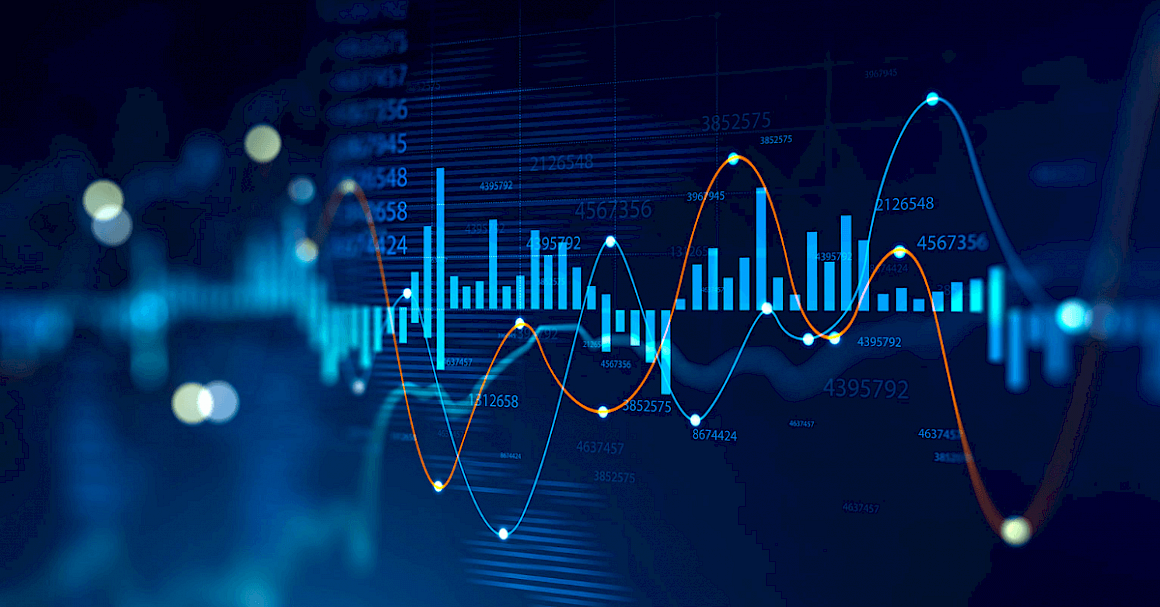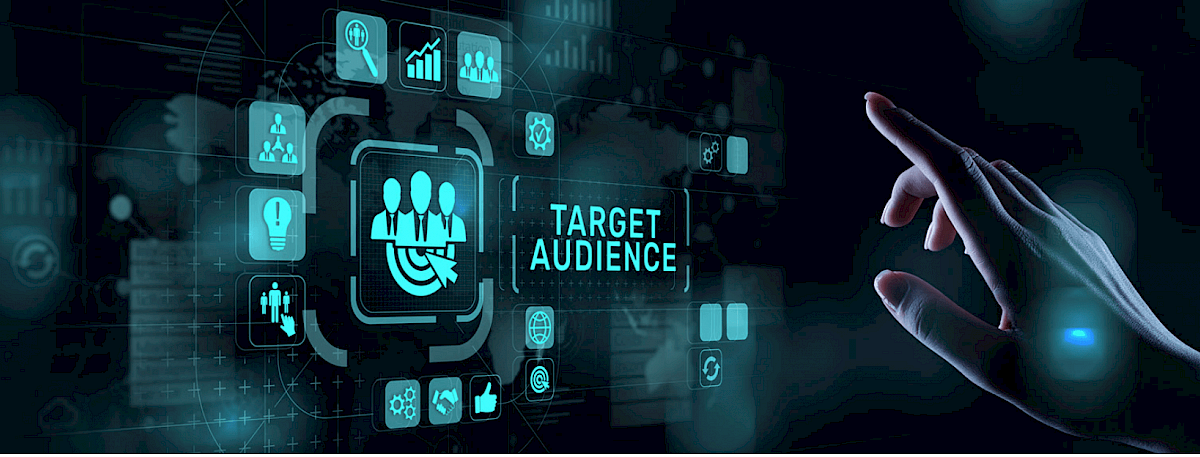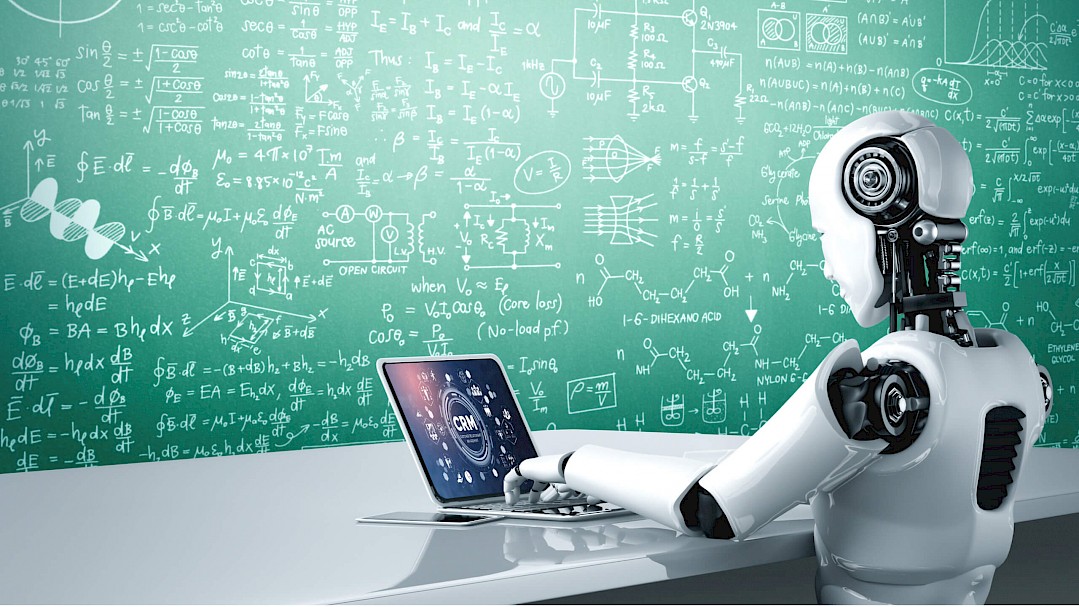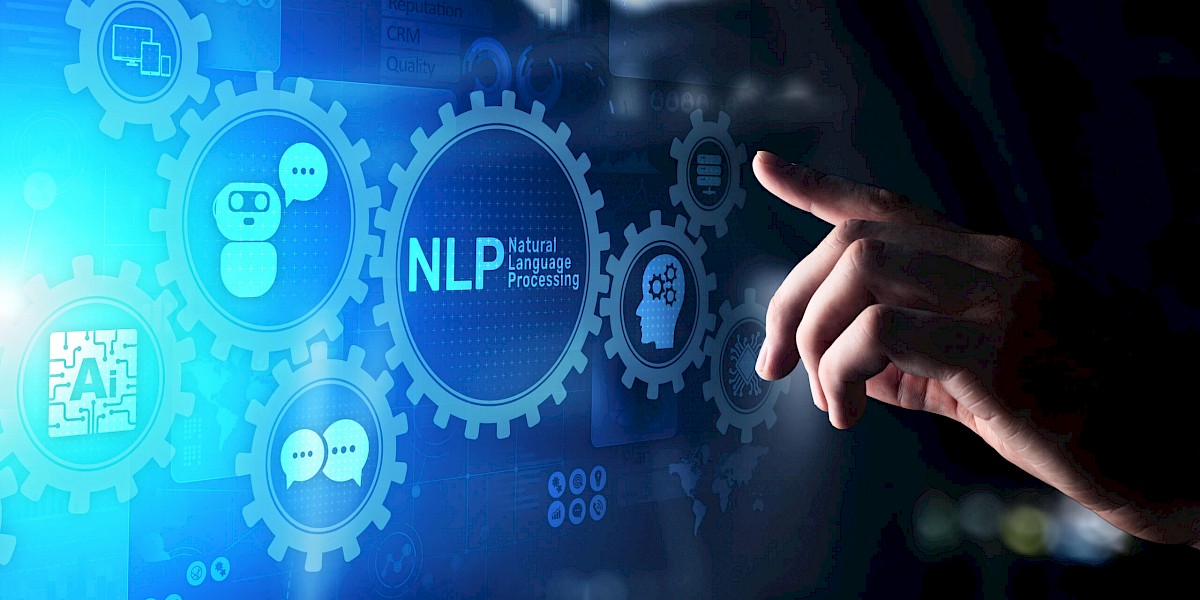How will AI change influencer marketing for brands going forward?
The business world is being significantly impacted and transformed by the use of Artificial Intelligence (AI). According to the International Data Corporation (IDC), industries will spend up to $110 billion on AI consulting by 2024. One way to utilize AI is through influencer marketing. Brands can use AI to generate campaign briefings as well as support in the the identification and outreach to relevant influencers.
AI's function in influencer marketing
The main challenge for marketers is finding the most relevant influencers that have the right audience and fit with their brand. To get to this, businesses must analyze data points to make sure they partner with the right people.

So where can AI help:
Platforms can use AI to detect unnatural patterns such as fake engagement, fake followers, but also inactive followers, other brand accounts, influencers that follow other influencers and more to arrive at a more accurate estimation of actual audience size.
As image recognition algorithms improve, platforms will be able to categorize content from social media profiles and match them based on your brand’s style, composition and theme.
Most content on social media is video based nowadays, we can now efficiently use algorithms to convert audio to text, such as YouTube videos, to analyze what is being said, and identify the topic and tone of a channel or video to efficiently identify potential partnering opportunities.
Though we are still in an early phase, AI will massively support the content creation process itself. Influencers will use AI tools such as Midjourney to generate creative ideas for images, use AI supported video editing tools, and leverage algorithms that reduce background noise in videos and podcasts. This essentially means, similar to how the iphone made high quality video and image content accessible to many, AI will further lower the boundaries of high quality content production.
AI is exceptionally good at analyzing large amounts of data, it could look at hundreds of campaigns, learn which ones worked well and which ones did not, and guide you in how to maximize ROI.
The following section will delve deeper into the specific applications of AI in influencer marketing.
AI can be used to extract various demographic information in influencer marketing
AI (Artificial Intelligence) enables demographic information in influencer marketing by using advanced algorithms to analyze vast amounts of data related to social media users and their behavior. AI tools can help brands to gather information on the age, gender, location, interests, and other demographic information of their target audience, as well as the followers of potential influencers. By using AI to analyze this data, brands can identify influencers who have a high likelihood of resonating with their target audience, based on factors such as age, gender, and interests.

Using AI to gather demographic information can also help brands to create more effective influencer marketing campaigns. By understanding the demographics of their target audience and the followers of potential influencers, brands can create content and messaging that resonates with these audiences and achieves better engagement and conversion rates.
In summary, AI enables demographic information in influencer marketing by providing brands with powerful data analytics tools that can help them identify the best influencers for their campaigns and create more effective campaigns that resonate with their target audience.
How AI tools can help to analyse influencer’s posts and performance?

AI can help to analyze influencers' posts and visuals by using machine learning algorithms to process large amounts of data and identify patterns and insights that can be used to inform influencer marketing campaigns. Some specific ways that AI can help with this analysis include:
Image recognition: AI tools can analyze images posted by influencers and automatically identify objects, products, and even people within them. This can help brands to identify influencers who are creating high-quality content that features their products or services.
Sentiment analysis: AI can also be used to analyze the tone and sentiment of influencers' posts and comments. This can help brands to understand how their products or services are being perceived by the influencer and their audience, and adjust their marketing strategies accordingly.
Audience analysis: AI can help to analyze the demographics and interests of an influencer's audience, which can help brands to identify influencers who have a following that matches their target audience.
Fraud detection: AI can help to detect fake followers or engagement on an influencer's account, which can help brands to avoid working with influencers who are not genuine or have artificially inflated metrics.
What’s the role of AI in influencer marketing campaigns?
Some Helpful AI Tools for Influencer Marketing Campaigns

AI also helps for writing short briefs for brands in influencer marketing campaigns. One example of an AI tool that can write a brief for a brand is Neuroflash. Neuroflash is a platform that uses AI to generate high-quality marketing copy, including briefs for influencer marketing campaigns.
The platform allows users to input basic information about their brand and marketing objectives, and then generates a customized brief that outlines the key messaging, tone, and target audience for the campaign.
Neuroflash also helps to create high-quality content with AI. It can quickly interpret what a customer needs and offer a solution or point them to a specific link where they can find more information about the products, influencers and more.
Another example of an AI tool that can write a brief for a brand is Phrasee. Phrasee uses natural language generation (NLG) technology to generate effective marketing copy, including briefs for influencer campaigns. The tool allows brands to input basic information about their campaign objectives, target audience, and desired messaging, and then uses machine learning algorithms to generate a customized brief that aligns with these goals.
Using AI tools like Copy.ai and Phrasee, Neuroflash, Midjourney can help to save time and resources in the influencer marketing campaign planning process, while also ensuring that the briefs are high-quality and effective at communicating the brand's messaging and objectives to the influencer.
Evaluating the influencer’s performance
AI can be used to evaluate the performance of influencers in various ways. Natural Language Processing (NLP) is a popular technique that is used to analyze the content created by an influencer. NLP can help identify keywords, sentiment, and topics discussed in the content, which can provide insights into the effectiveness of the influencer in delivering the brand's message to their followers.

In addition, NLP can also analyze text and extract context of influencers. AI can also track the performance of the influencer's content over time to identify trends and patterns in their engagement metrics.
Another way AI can evaluate the performance of an influencer is by comparing their data with other influencers in the same industry or niche. AI can provide insights into how well an influencer is performing compared to their peers, which can help marketers identify the best influencers to work with for their brand.
Overall, AI can be a powerful tool for evaluating the performance of influencers in influencer marketing campaigns. By providing insights into the effectiveness of influencers in delivering the brand's message and engaging their audience, marketers can make more informed decisions about which influencers to work with and how to optimize their campaigns for maximum impact.
About us
linkr Network’s mission is to empower direct-to-consumer brands in their growth journey by providing them with a one-stop platform to discover, collaborate with, and manage high-quality content creators. We strive to foster lasting relationships between brands and influencers as an influencer marketing platform through seamless collaboration, enabling both parties to reach their full potential and achieve their marketing goals.



